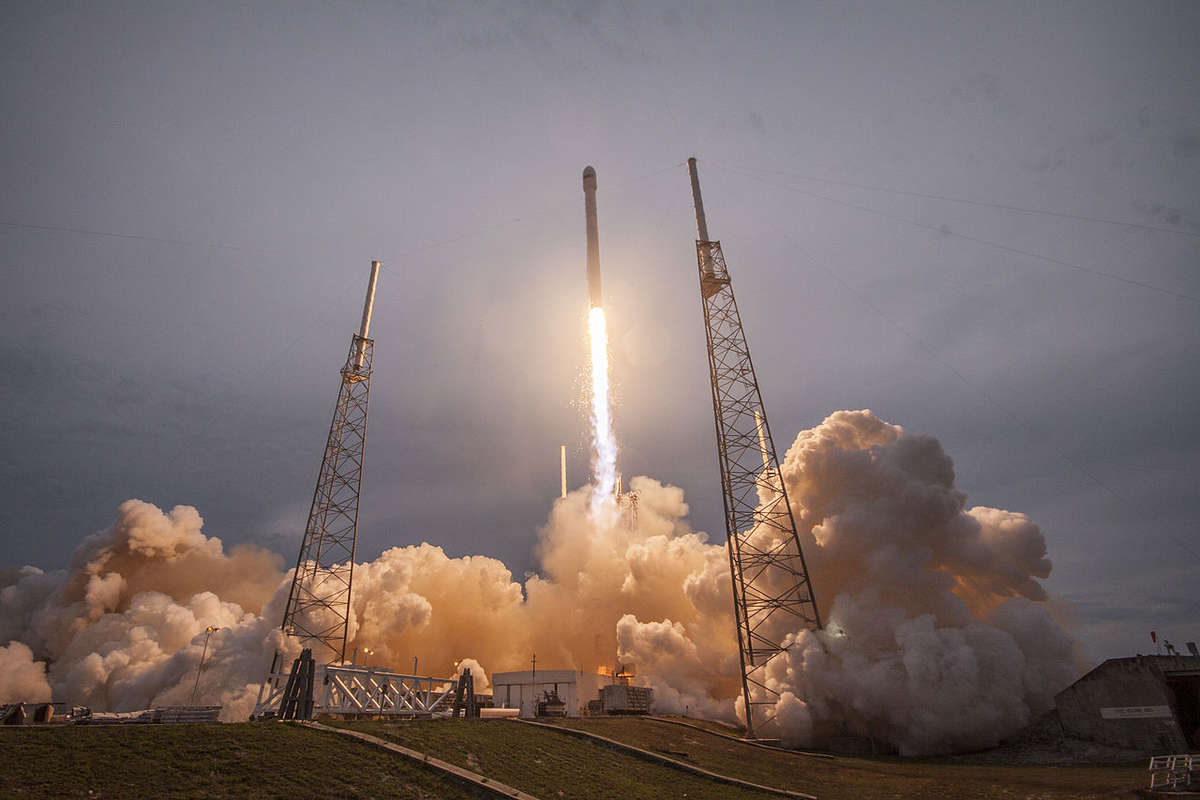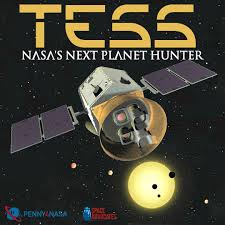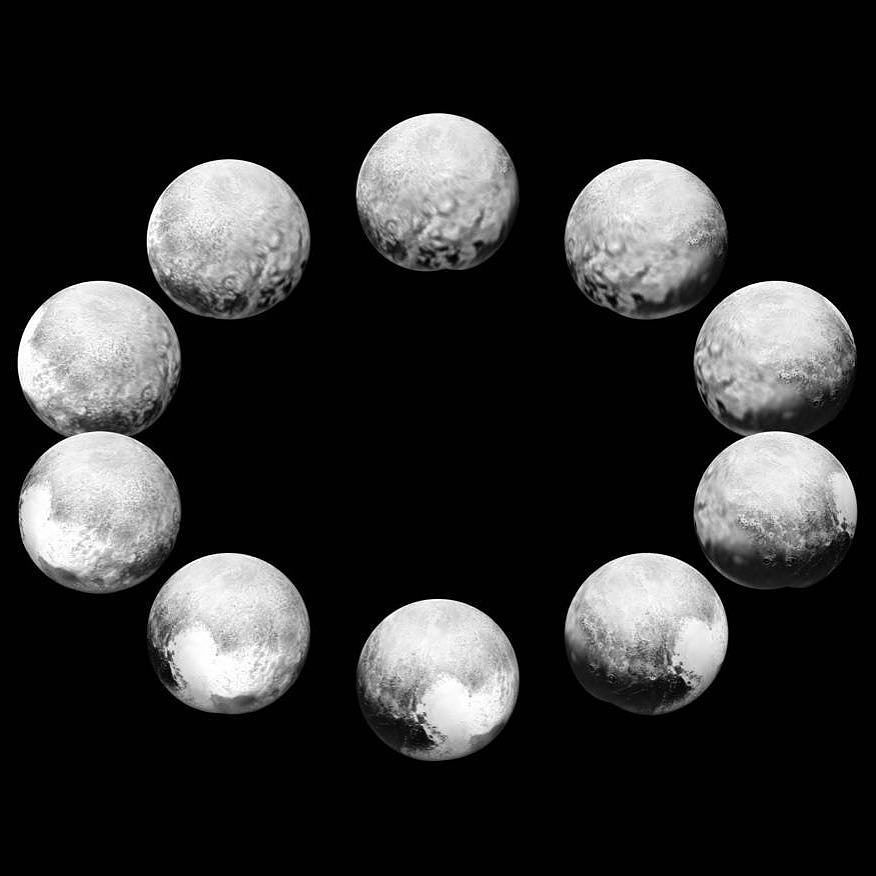ScienceRocks
Democrat all the way!
- Thread starter
- Banned
- #1,221
Great news longknife!!! The only way humans can expand into space is for their to be a economic interest in doing so. Space mining and so much more that have to do with the economic side of things is very important.
-------
Curiosity Rover Headed to Dark Sand Dunes on Mars http://oak.ctx.ly/r/40hnv

US Air Force Seeks New Space Situational Awareness Data to Track Threats http://oak.ctx.ly/r/40fki
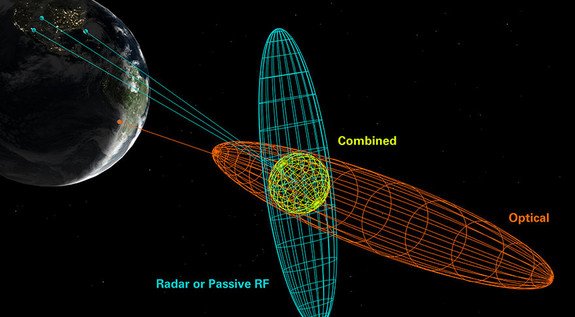
Why NASA Europa Probe Will Study Jupiter Moon's Dust http://oak.ctx.ly/r/40d1x
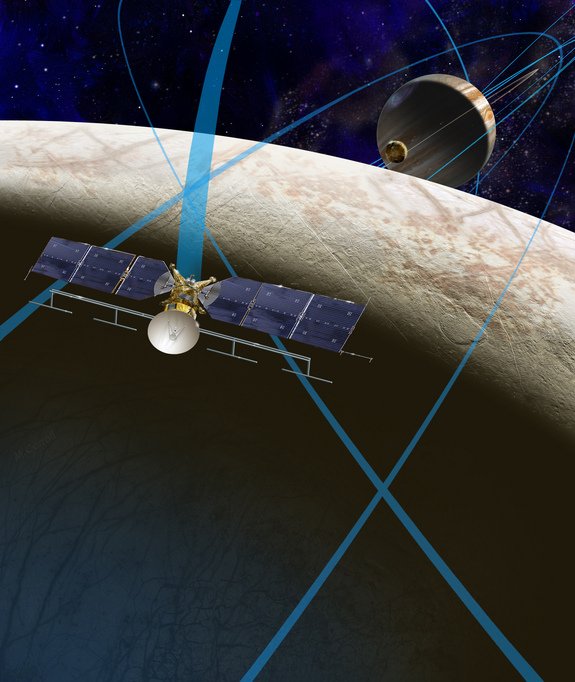
Could Liquid Lakes Form on Mars Today?
A planet as big as earth like Kepler 186f, bigger then earth like Kepler 62f or 296f is in about the same area as mars. They'd probably have the atmosphere to have oceans and favorable temperatures if they didn't have a run away snowball earth event.
-------
Curiosity Rover Headed to Dark Sand Dunes on Mars http://oak.ctx.ly/r/40hnv

US Air Force Seeks New Space Situational Awareness Data to Track Threats http://oak.ctx.ly/r/40fki

Why NASA Europa Probe Will Study Jupiter Moon's Dust http://oak.ctx.ly/r/40d1x

Could Liquid Lakes Form on Mars Today?
Despite its frigid temperatures, Mars might be able to host lakes of water on its surface today, a new studysuggests.
Although extremely small amounts of water would quickly evaporate in Mars' low-pressure atmosphere, water from sources such as aquifers could last long enough to pool, with larger pools remaining liquid for at least a year, researchers said.
"Nobody's doubting that liquid water was on Marsat some point," Jules Goldspiel, of the Planetary Science Institute in Arizona, told Space.com. "The question I was interested in is, given today's conditions, which are hostile to liquid water, could you [still] get it."
He created a simulation to determine if liquid water could puddle and form pools to remain liquid today.
"You could get it for a little while, potentially," said Goldspiel, who presented his results Nov. 12 at the 47th annual meeting of the American Astronomical Society's Division for Planetary Sciences in National Harbor, Maryland.
Flow, water, flow!
Billions of years ago, Mars had a thick atmosphere and a relatively warmsurface with lots of liquid water. But the Red Planet lost most of its air to space billions of years ago and, as a result, is very cold and dry today.
For example, surface temperatures on present-day Mars can dip below minus 80 degrees Fahrenheit (minus 60 degrees Celsius). And the planet has low surface pressures, so small amounts of liquid water quickly turn to gas.
"If you put water on the surface, either it evaporates or [it] freezes," Goldspiel said.
A planet as big as earth like Kepler 186f, bigger then earth like Kepler 62f or 296f is in about the same area as mars. They'd probably have the atmosphere to have oceans and favorable temperatures if they didn't have a run away snowball earth event.
Last edited:

